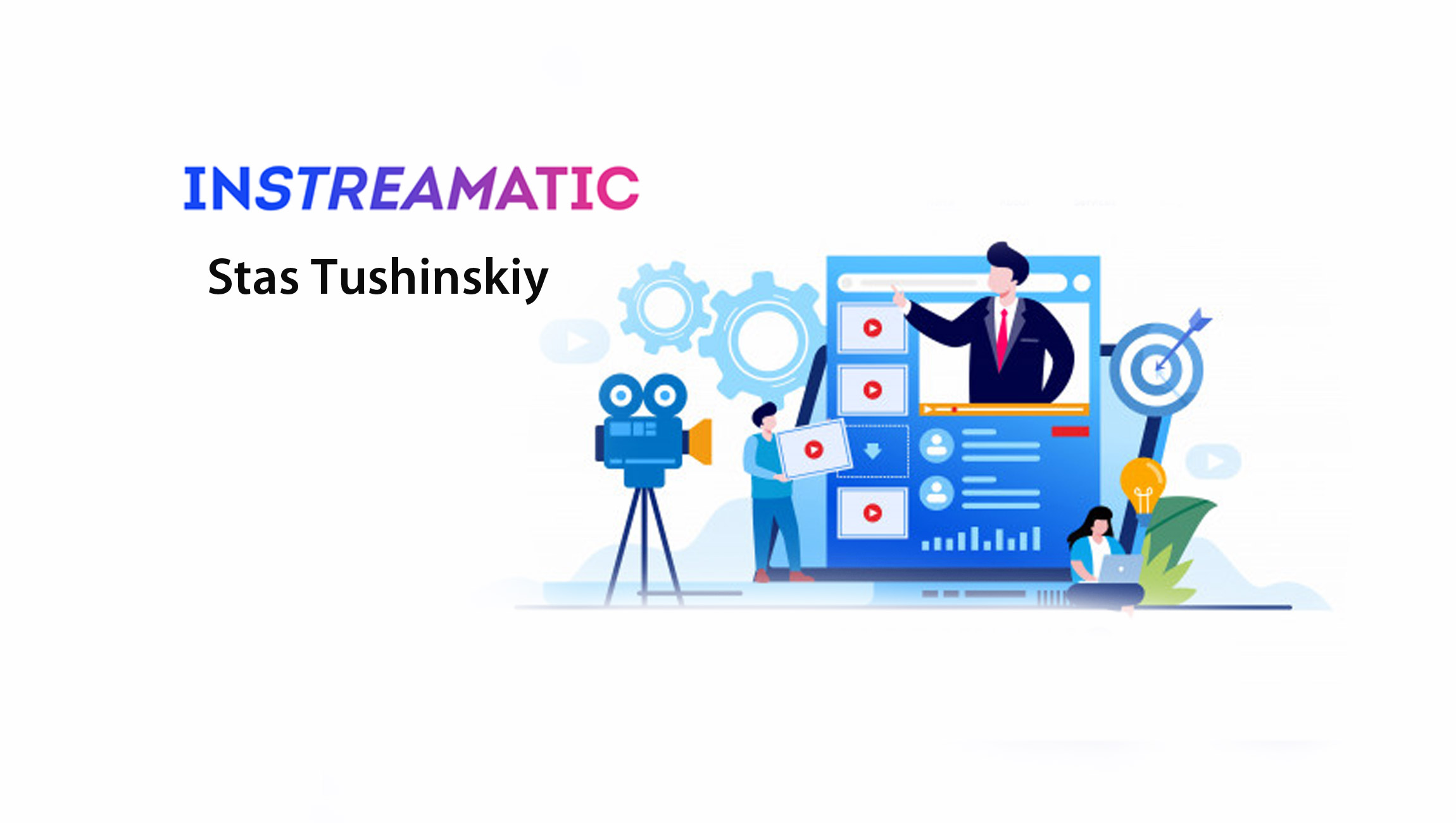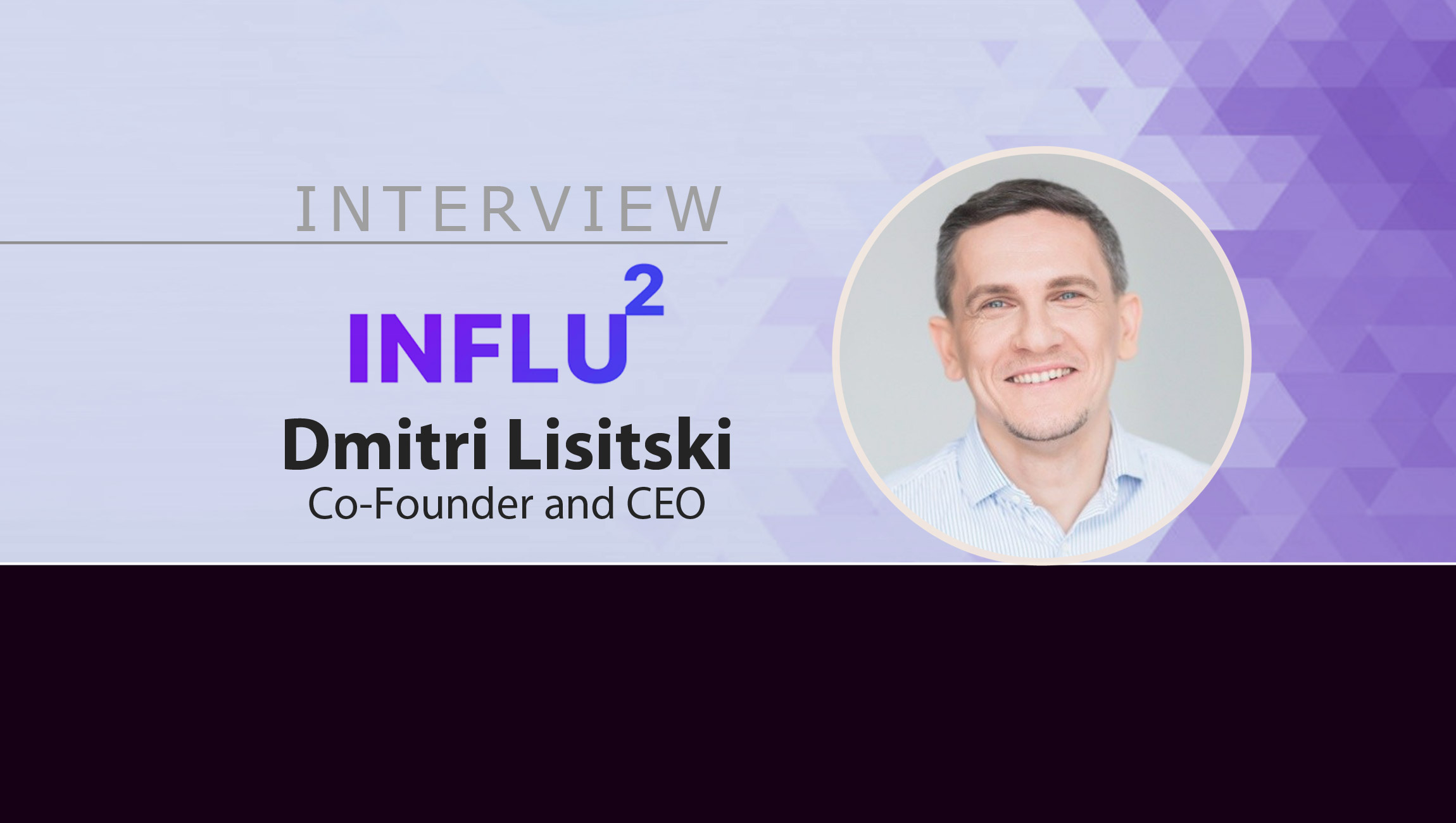Overly long ad breaks that interrupt audio content with repetitive ads will soon be a thing of the past. Conversational marketing technology is introducing a model that can better benefit audio publishers, advertisers, and consumers alike.
Marketing Technology News: Avtex Wins 2021 Pandemic Tech Innovation Award
Traditional audio marketing relies on reach and frequency to impact audiences – purposefully bombarding consumers with repeat ads that most of us find irrelevant. This is the case across digitally available audio content and perhaps especially on broadcast radio, where current ad loads are particularly over the top and obnoxious. Packed ad clusters represent a terrible user experience, and a just-as-terrible advertiser experience. Unfortunately, downward pressure on ad rates and lack of alternative strategies has forced these quantity-over-quality decisions. Digital audio content streams that overdo it on ads also face the pressure of driving listeners to competing ad-free services.
Enter conversational marketing
Emerging conversational marketing strategies offers a different path forward. Traditional audio ads present a monologue, the one-way communication from brand to consumer we’re all used to (ads that are often in one ear, out the other). In contrast, conversational marketing coalesces voice recognition, natural language understanding (NLU), and machine learning to enable consumers to engage in back-and-forth voice dialogues with ads. These interactions aren’t limited to simple yes/no robotic responses. They aren’t anything like the clunky “say ‘1’ for billing”-type experiences that most of us disdain. Instead, consumers can speak as naturally as if they were talking with a person, and be fully understood. Consumers then receive appropriate responses within the creative ad unit itself to move things forward or return to audio content. Machine learning constantly iterates these user experiences, making them better all the time.
The shift from a monologue to a dialogue with consumers is a game changer that enables brands to command engagement rates a magnitude higher. While average engagement rates for passive audio ads are well less than one percent, high-end conversational marketing ad campaigns can average 12 percent engagement. At the same time, voice interactions provide easier and more natural engagement versus ad experiences that require a click or a swipe. Voice is hands-free and screen-free. It enables media consumption in all venues and locations: consumers can engage with ads whether they’re listening to streaming radio while driving, or on-demand music feeds while on a walk, or podcasts at the gym.
The more natural user experiences and versatility of voice-based ads – and their far superior engagement results – make it easy to predict a future where conversational marketing becomes the dominant ad type across audio platforms.
“How about a coffee?”
Here’s an example of conversational marketing in action. Say it’s Monday morning, and Joe’s Coffee is running a voice ad. The ad creative might say to the listener, “Hey, Joe’s Coffee here. How’d you like to have your coffee waiting for you tomorrow morning and skip the line? Let me know if you’re interested.”
The ad then turns on the microphone on the listener’s device to hear what they have to say. The ad creative includes branching content prepared to respond, whether the listener’s reply is affirmative, negative, or they simply stay silent. Let’s say that the listener says, “No, I don’t like coffee.” The ad replies, “No problem! Thank you.” The listener is then immediately returned to their normal audio content, no need to wait through an irrelevant promotion.
Now cut a few days forward to Wednesday. The ad campaign utilizes a process called continuous dialogue to recognize that the user of this device doesn’t like coffee. Now the listener hears this ad content, “Hey, it’s Joe’s again. We know you told us you don’t like coffee…but how’d you like to check out our award-winning tea selection?”
Even micro-targeted advertising doesn’t always work in determining what consumers want. What does work? Asking them. No quantity of passive ad repetitions will ever make this listener like coffee. Traditional ads would just make them annoyed, while wasting their time and the brand’s money. In contrast, conversational marketing sells the same consumer tea, through two quick interactions that value their time.
Enabling real-time adaptations
As demonstrated in the example, conversational marketing offers advertisers valuable data and insights – which are available in real-time. With passive audio ads, it’s impossible to know how an ad is resonating with consumers as they interact with it. Conversational marketing provides publishers and advertisers with real-time tracking of all ad interaction data, enabling them to optimize campaigns on the fly (as opposed to after budget is spent). This enables A/B testing, new creative tests, and other rapid alterations.
Marketing Technology News: MarTech Interview with Gary Burtka, VP U.S. Operations at RTB House
Looking forward: conversational video and other advances
It’s not just audio. Conversational marketing is coming to video as well, and will enable similar user experience advantages across platforms delivering video content. At the same time, voice interaction data is quickly becoming more sophisticated, able to accurately measure age, gender, and even the consumer’s mood. With the advantages of conversational marketing mounting, the day when consumers have waited through their last passive and irrelevant ad is coming fast.












Comments are closed.